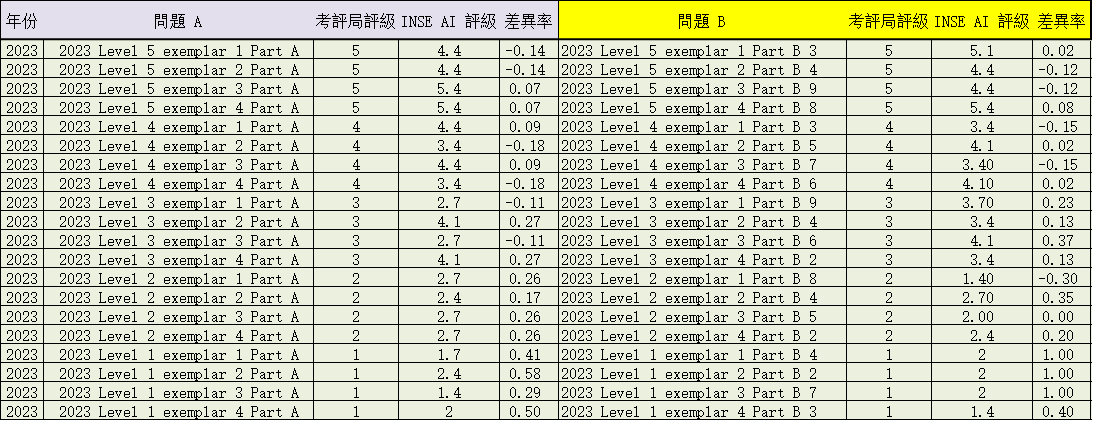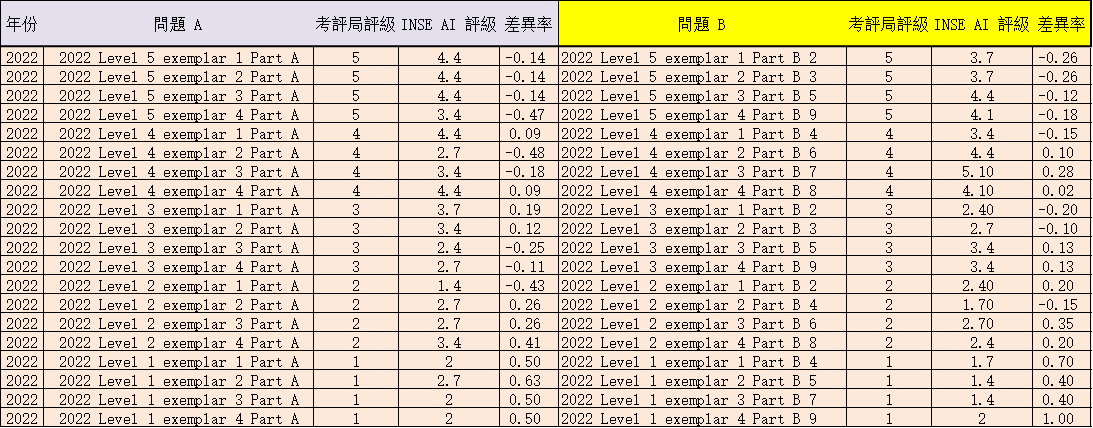


- University professor team guiding research and development | Highly praised by national project experts
- AI English Writing System
- Correction, modification, and enhancement training

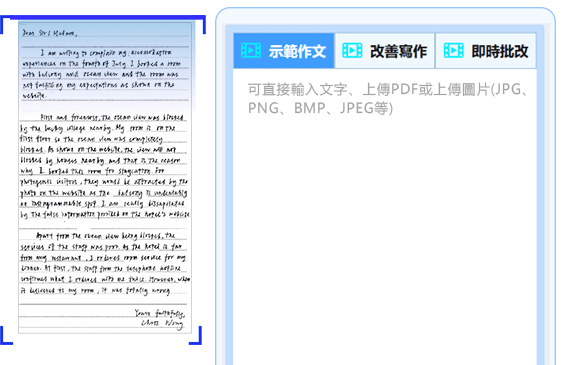
Full support from Hong Kong district councillors and collaboration with Rotary International
- Kowloon City District Councillors: Lam Tak-shing MH, Lam Bok;
- North District Councillor: Wen Wo-dat MH;
- Tai Po District Councillor: Yu Chi-wing MH;
- Sha Tin District Councillors: Leung Chan-pong, Dr. Lam Kong-kwun.
- AI Writing Correction Function
- The Smart Assistant for Teachers
- Evaluates according to Hong Kong Examinations and Assessment Authority standards, with error identification and correction support
- Provides 10 times faster grading
- HKDSE standard grading and comments
- Error identification, corrections, and detailed explanations.
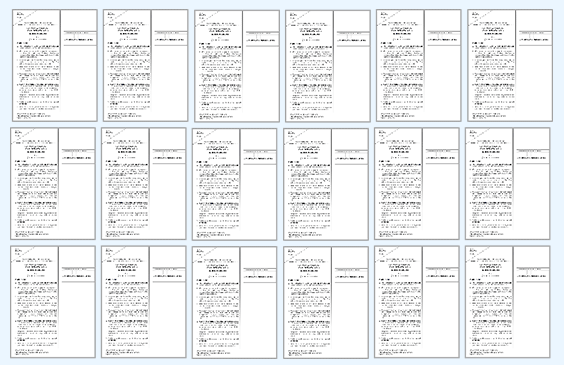
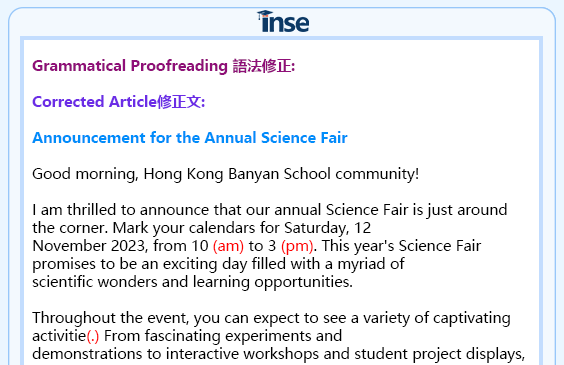
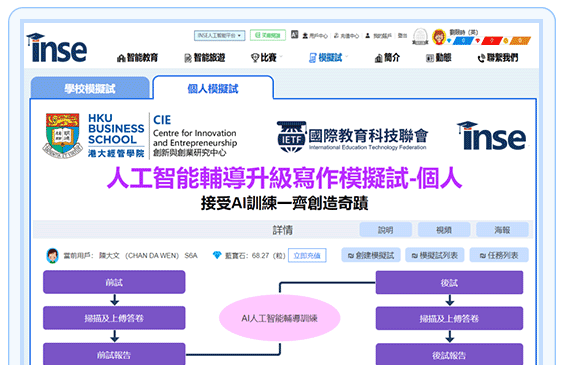
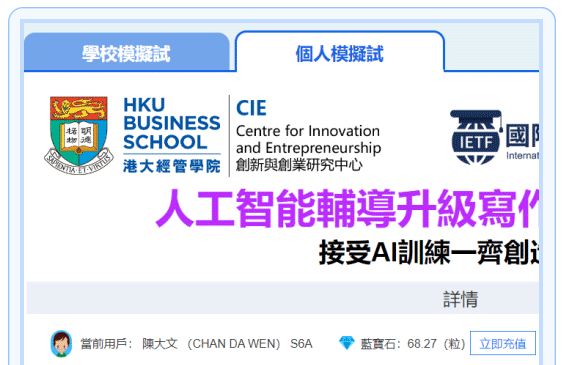
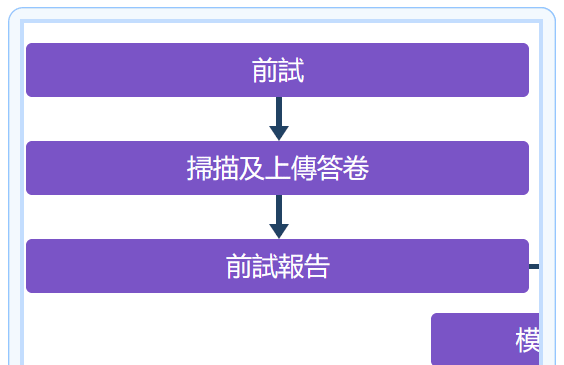
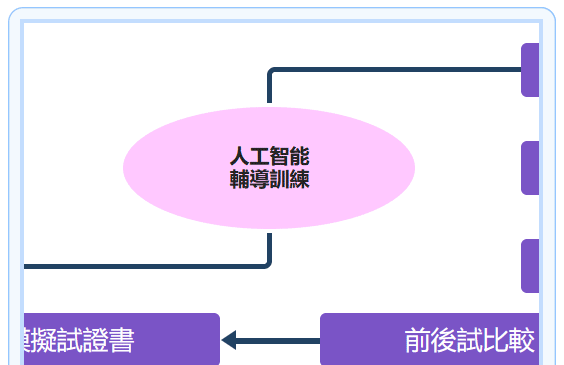
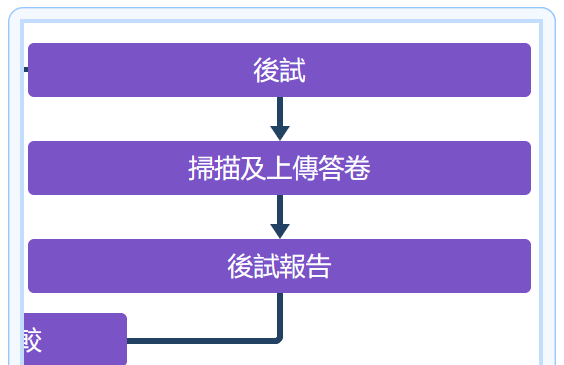
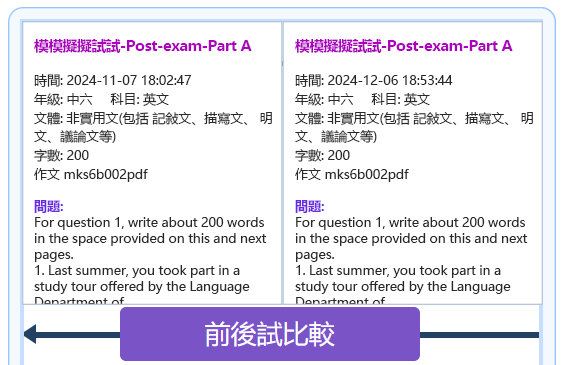
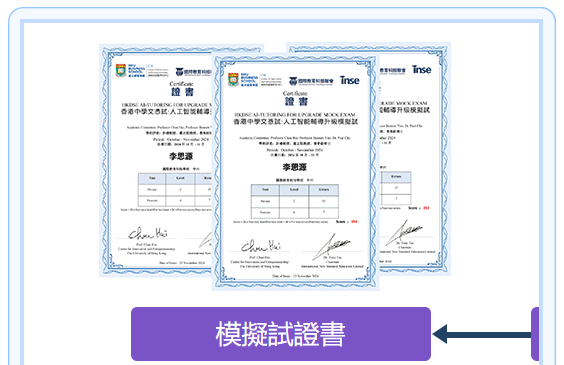
- Al Tutoring English Writing Upgrade Mock Exam
- Suitable for HKDSE, PreS1, TSA candidates
- Instant marking - graded according to HKEAA standards
- Correction Explanation - 7 categories of error explanation
- Upgrading Mock Exam - from Level 2 to Level 5**
- Set Up Writing Assessment
- Suitable for teachers to assign homework
- One-click assignment with customizable pre- and post-test content
- Real-time updates on student homework status
- Instant correction and report analysis
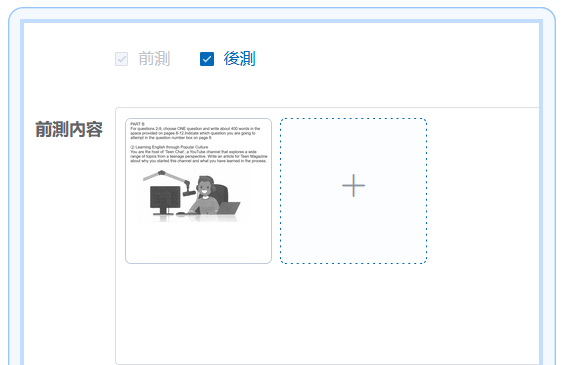
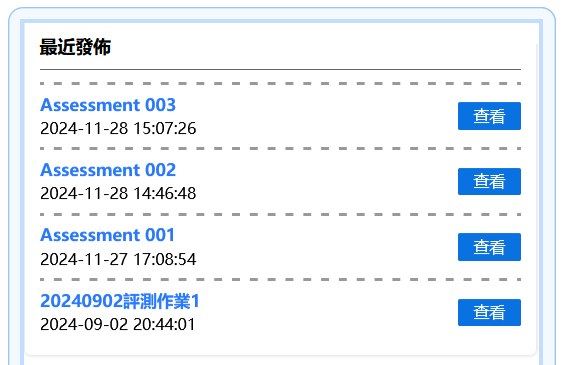
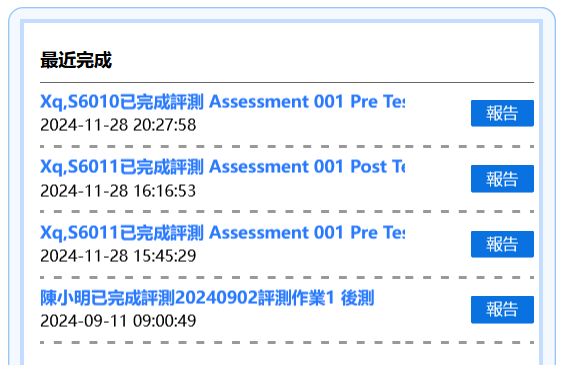
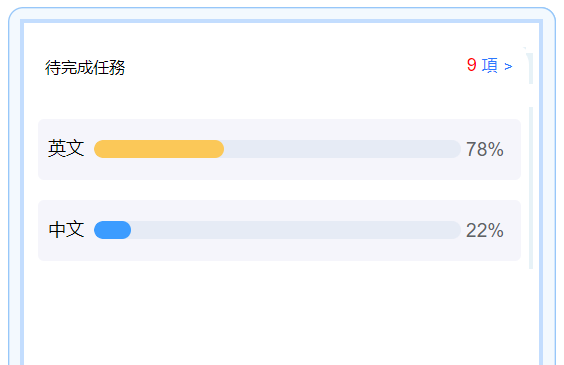
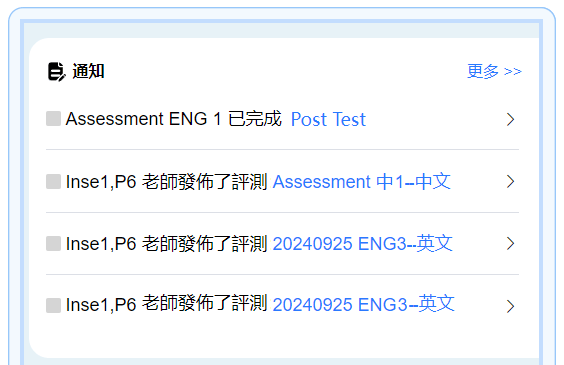
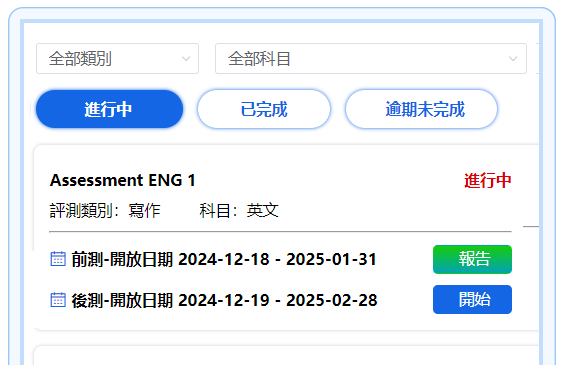
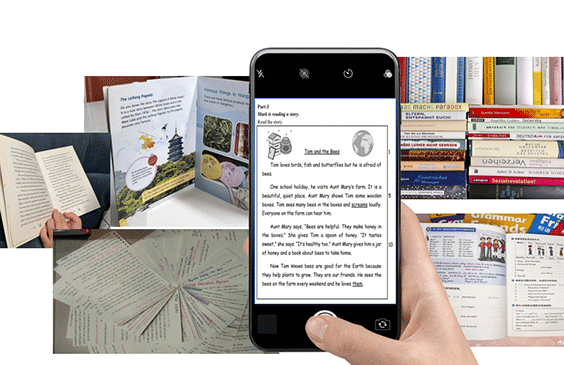
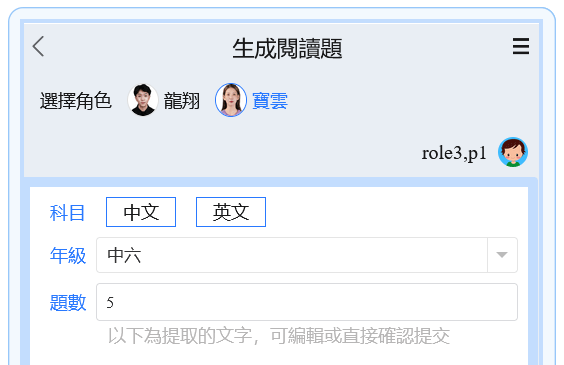
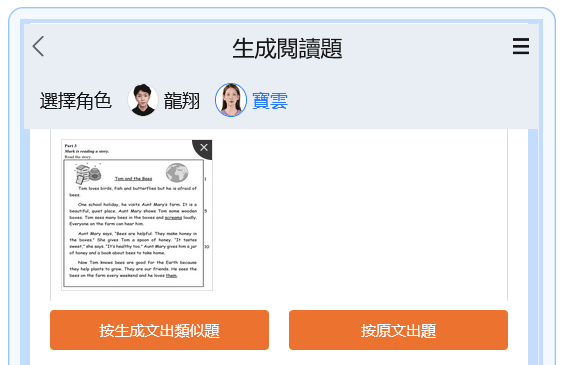
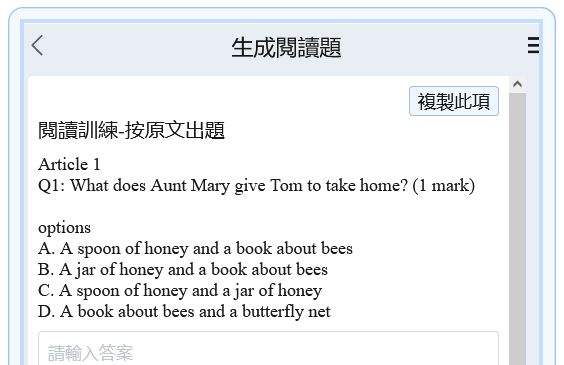
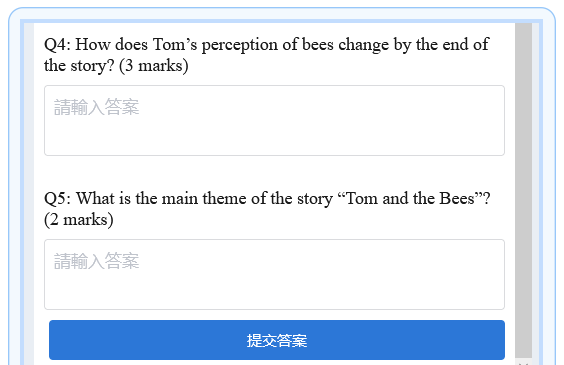
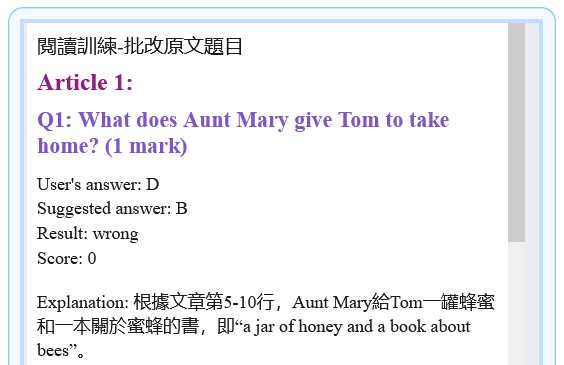
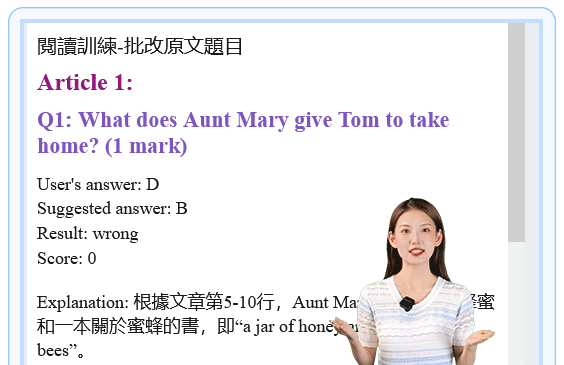
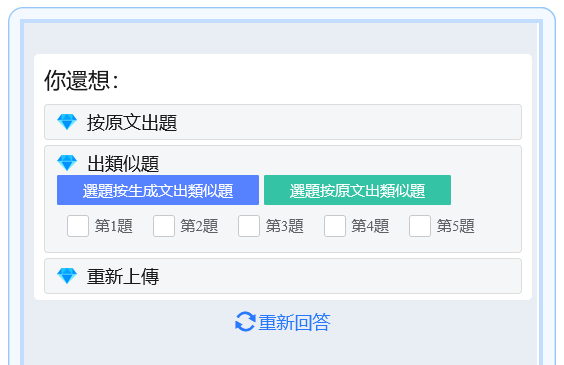
- Reading Assessment
- Questions according to the original text, similar questions according to the generated text
- Textbooks, extracurricular books, test papers, practice questions, photo uploading
- Instantly generate reading questions, unlimited time and place to do as you shoot.
- Correction results in seconds, with answer explanations and intelligent tutor voice guidance.
- The Only Program in Hong Kong Proven to Effectively Improve Students' HKDSE Ratings with Actual Data
- Based on data from 55 schools and over 1,300 students, demonstrating effective short-term improvements in assessment ratings
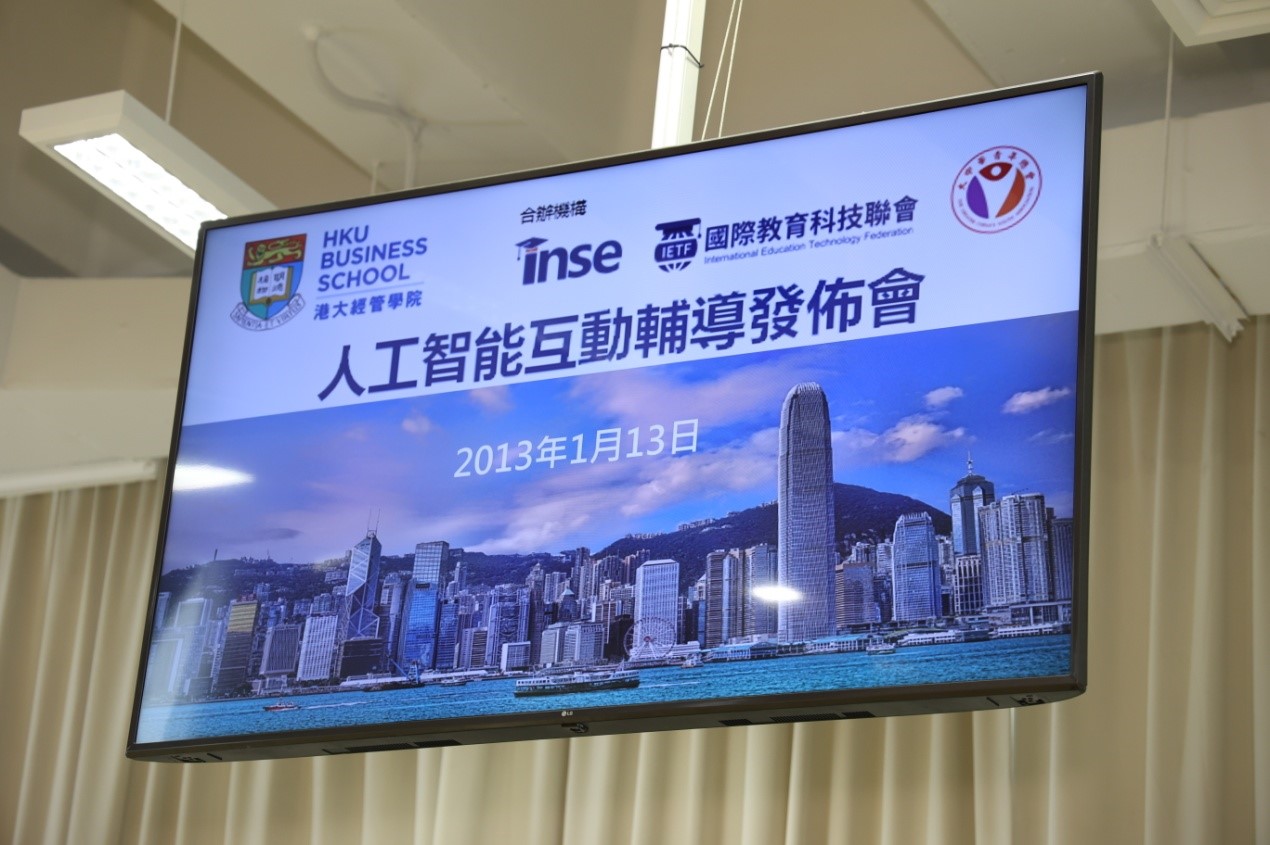
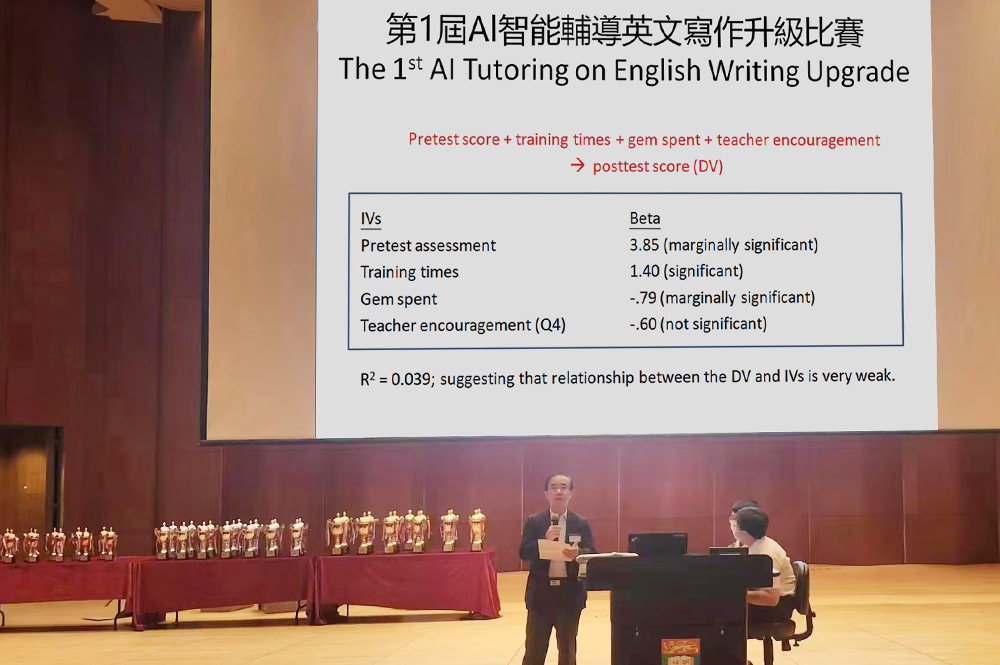
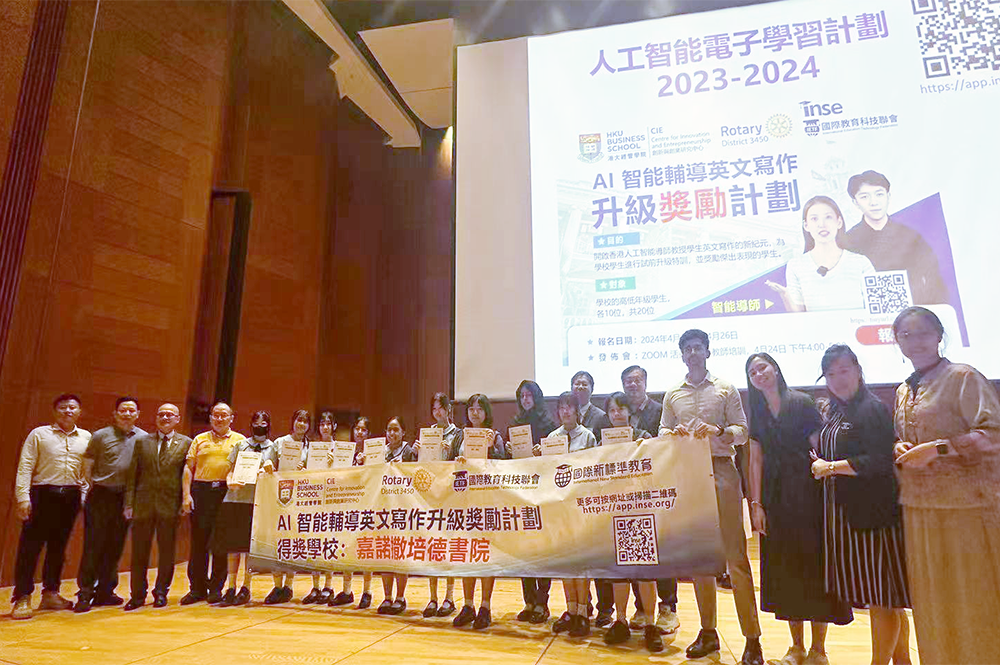
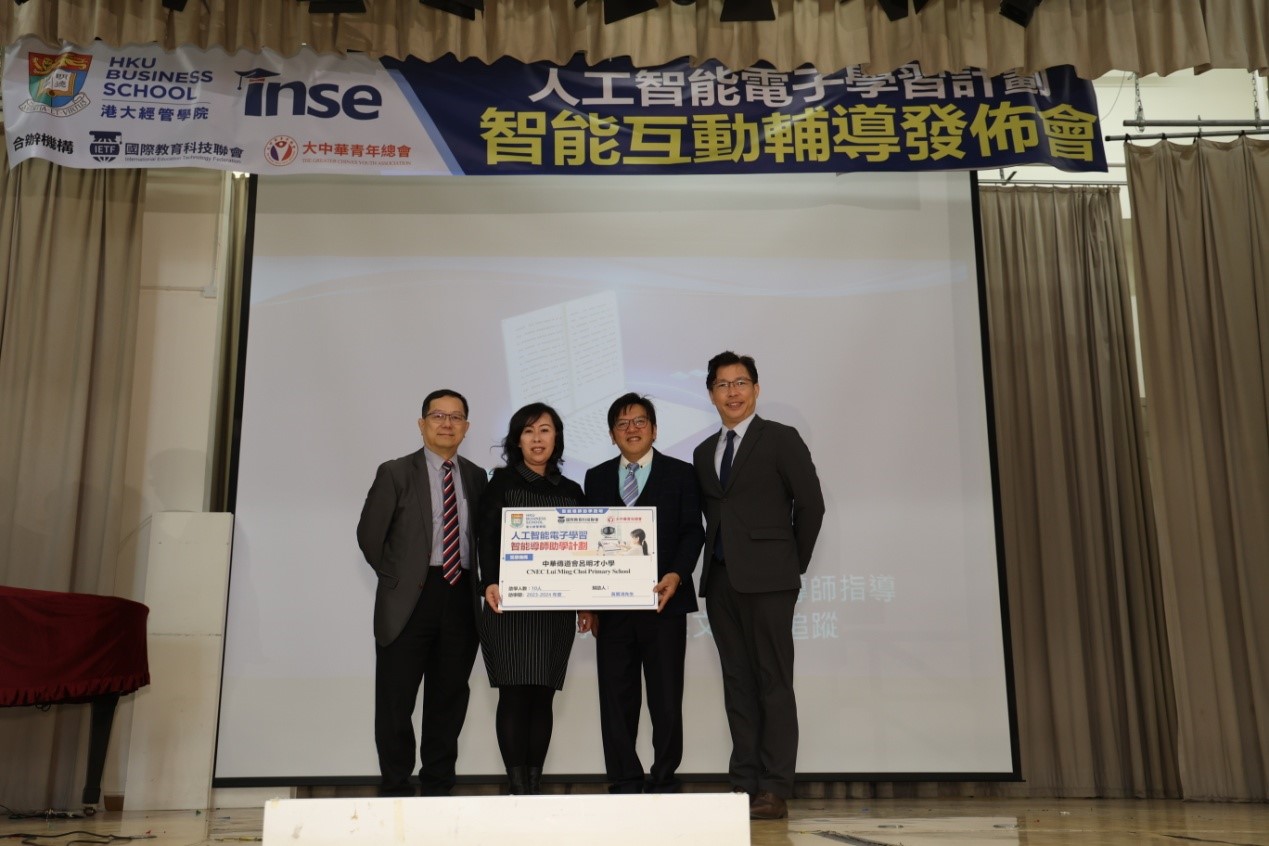
- Self-Developed and Integrated Technologies of AI Functions
- Image and Text Recognition System
- Intelligent Recommendation System (Patents Pending)
- Intelligent Interactive Tutoring System
- Cantonese, Mandarin, and English Pronunciation System – Handling Homographs
- Dynamic Digital Human System
- Self-Adjusting Assessment System – Technology for Recommending Questions Based on Ability and Level
- English Writing Assessment Technology
- English Writing Upgrade and Analysis Technology
- English Writing Error Identification, Correction, and Explanation Technology
- English Reading Question Generation Technology
- English Reading Similar Question Generation Technology
- English Reading Similar Text and Question Generation Technology
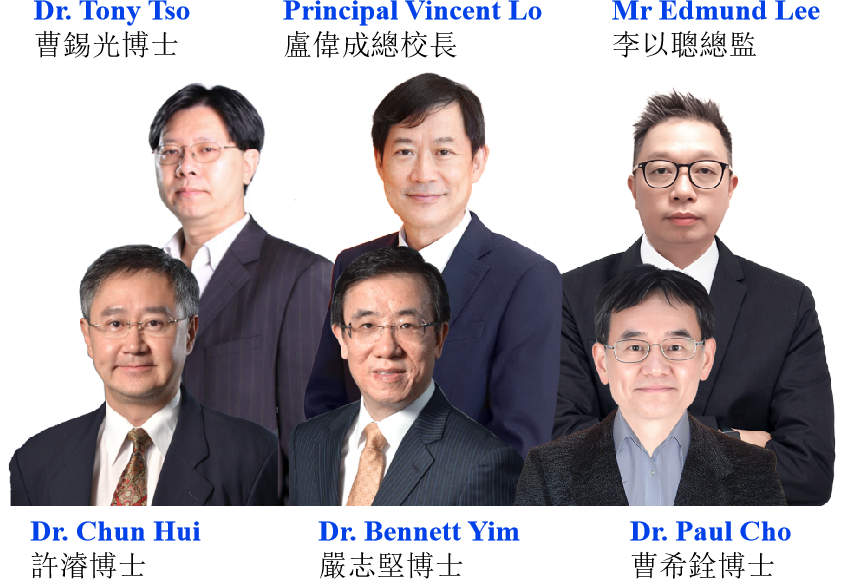
- System Quality Guided and Monitored by the Review Committee
- Co-organized by International Educational Technology Association and International New Standards Education
The 3rd AI E-learning Tournament
- Target Audience: Students from P4 to S3
- Select Nationwide Top Students in Chinese, English and Maths;
- Aligned with HKDSE Internationally Recognised Ratings to Certify Competency Levels
- Questions adjust based on correct and incorrect answers, spanning up to 3 grade levels.
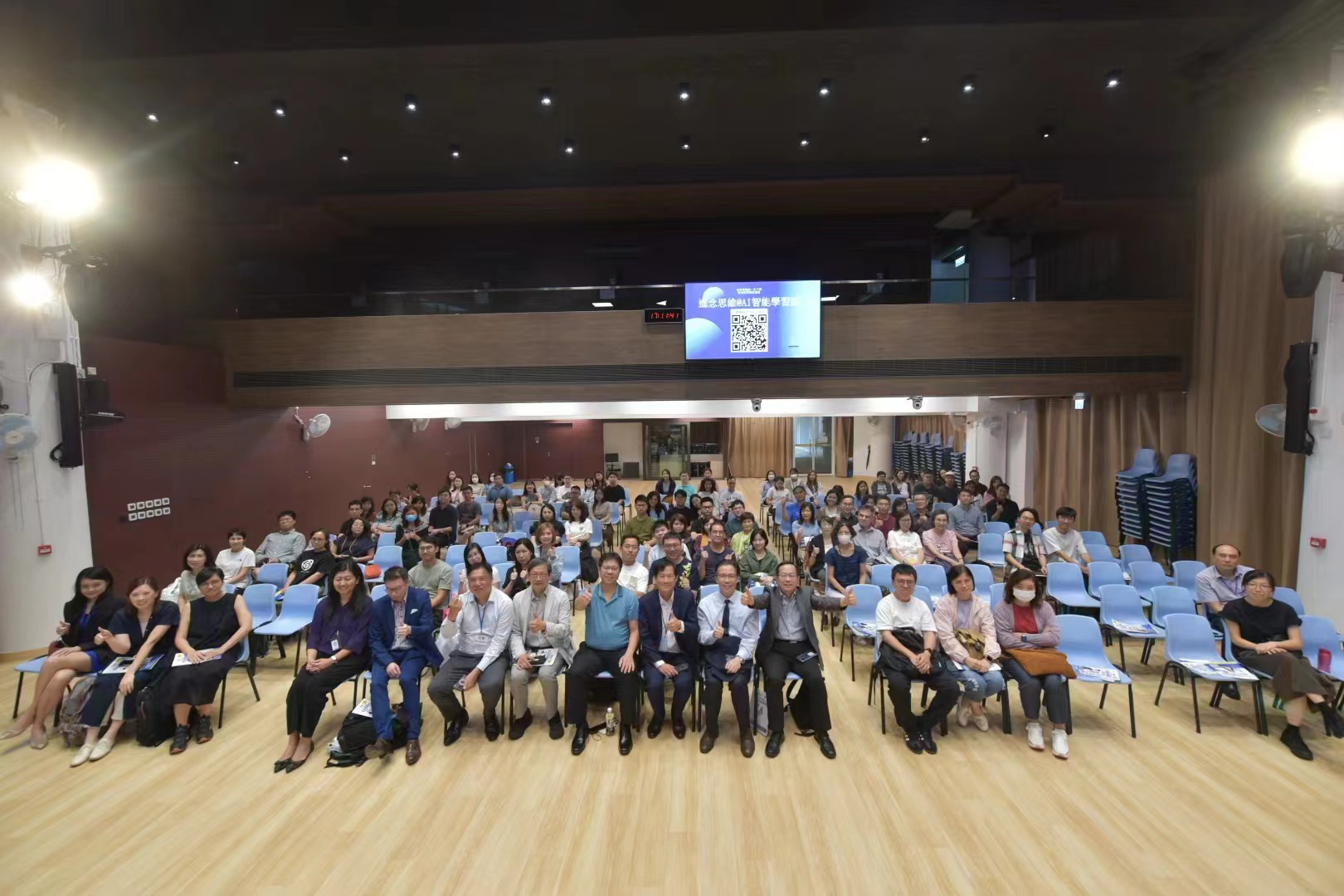
- Assessment and Training
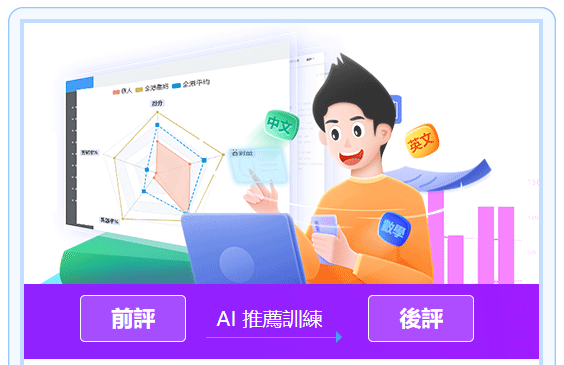
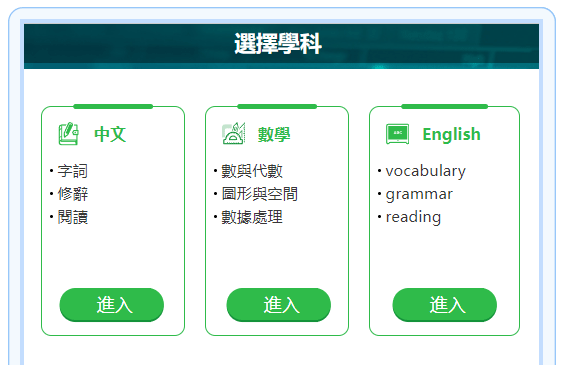
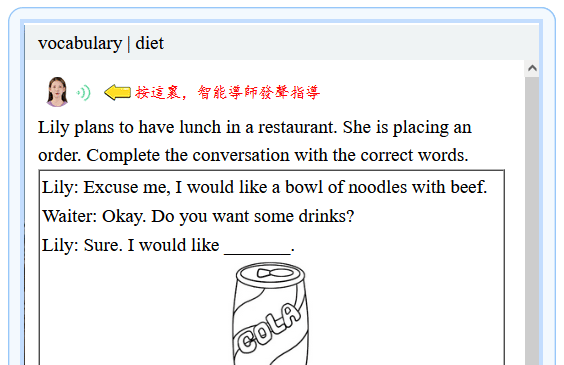
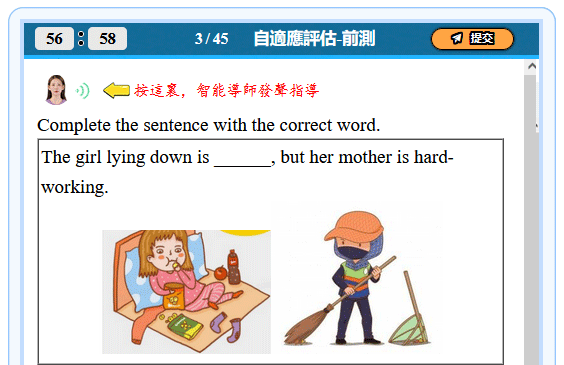
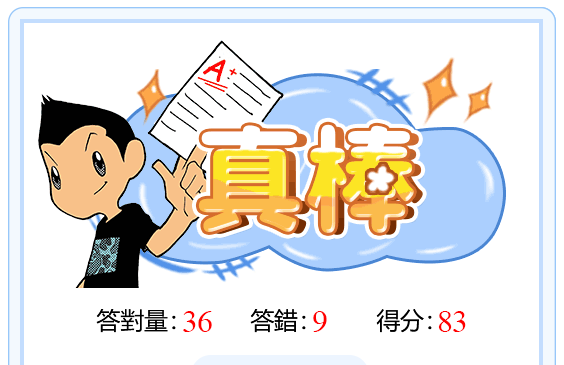
- Chinese, English, and Math
- Adaptive Assessment
- Providing for Primary School Students
- Chinese: Vocabulary, Rhetoric, Reading
- English: Vocabulary, Grammar, Reading
- Math: Numbers and Algebra, Shapes and Space, Data Handling
- Daily Recommended Assessment
- Each session recommends three questions.
- Questions: Cover different knowledge points and match the difficulty level suitable for students.
- Guidance: One-on-one vocal instruction from the AI intelligent tutor.
- Improvement: Each question comes with a response report and explanation of the answers.
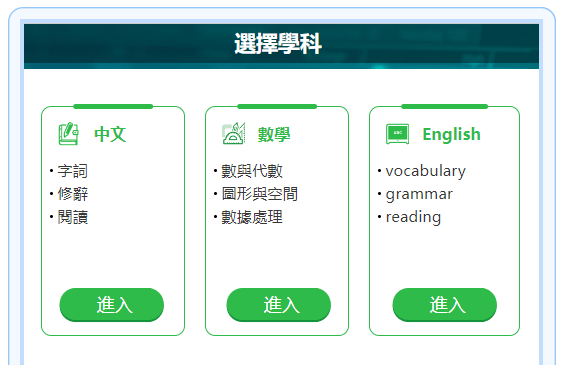
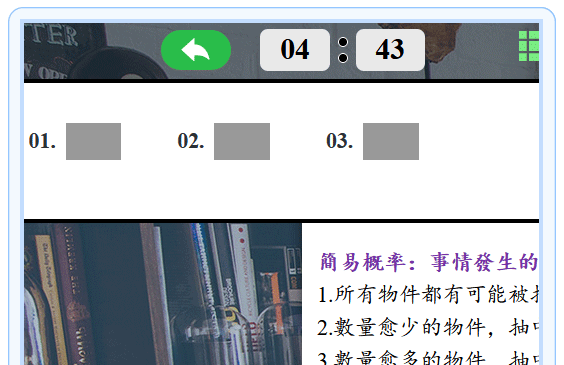
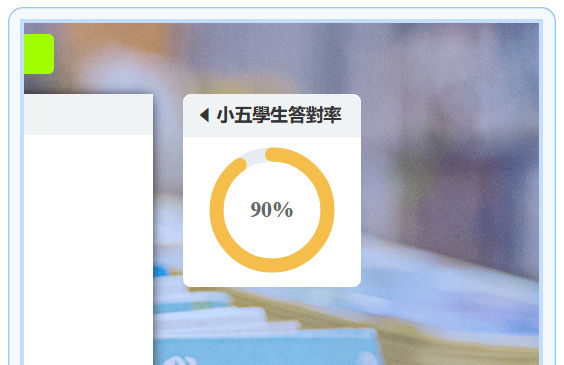
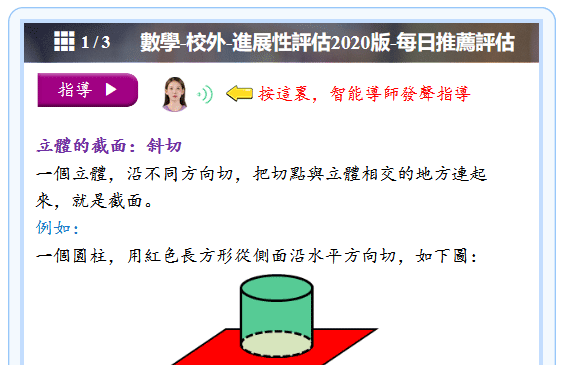
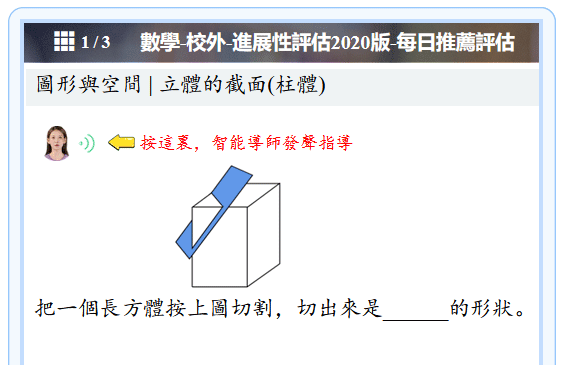
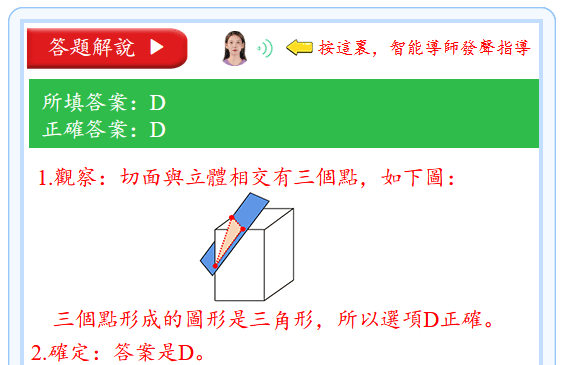

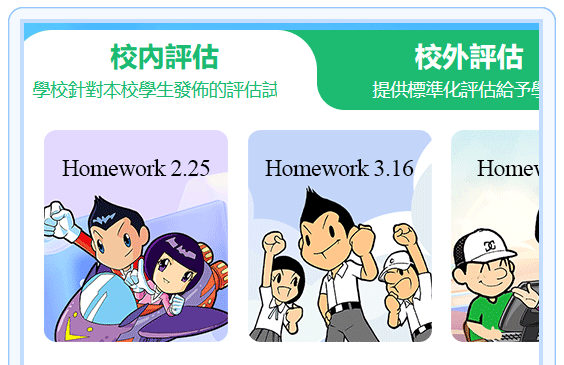
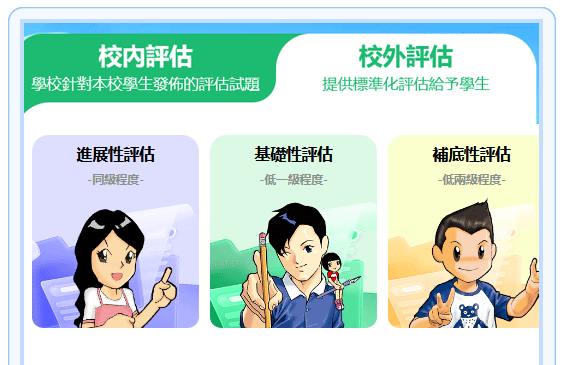
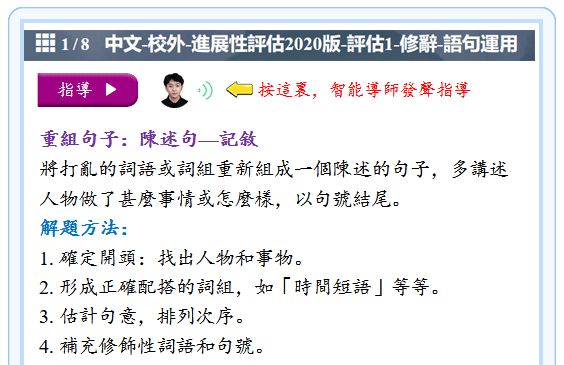
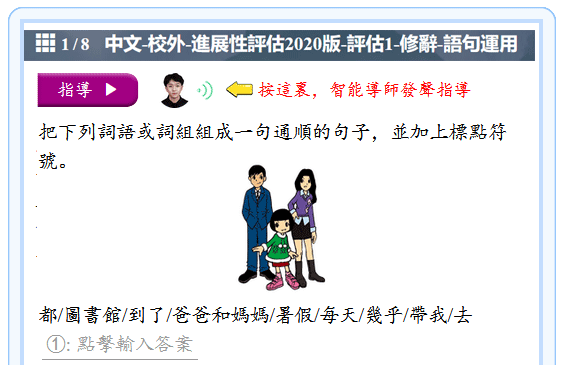
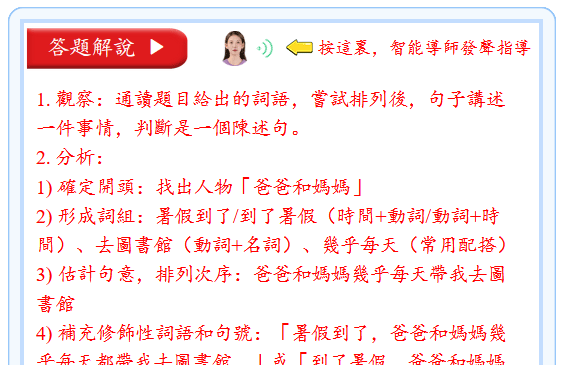
- On & Off- Campus Assessments
- Same Level, One Level Lower, Two Levels Lower
- On-Campus Assessment: Tests issued by the school specifically for its students.
- Off- Campus Assessment: Provides standardized assessments for students.
- Improvement Training: Vocal guidance on answering techniques from the intelligent tutor.
- Recommended Training
- 10 Types of Question Variations
- Recommendation: AI recommends training with varied question types.
- Specialized: Option to prioritize training on the same type of familiar questions.
- Improvement: Detailed explanations for each answer, with targeted repetitive training on weak areas.
- Engagement: Instant feedback on each question, with a maximum score of 5 points for consecutive correct answers.
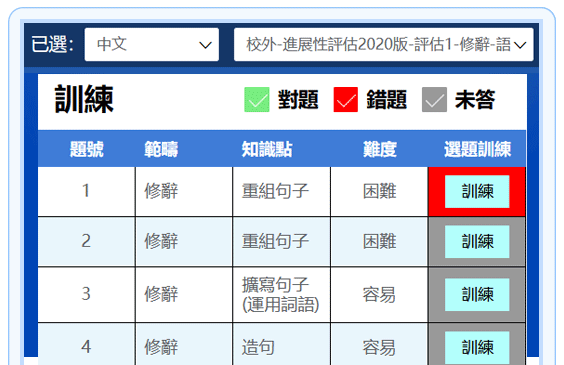
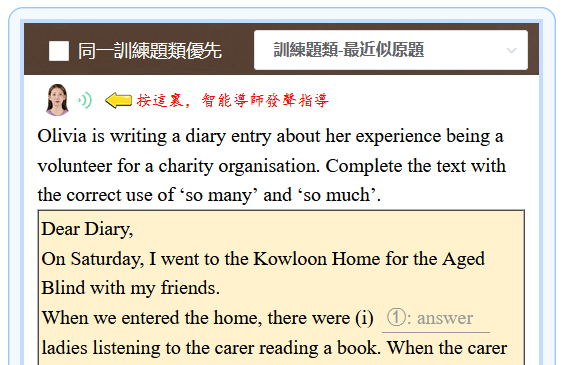
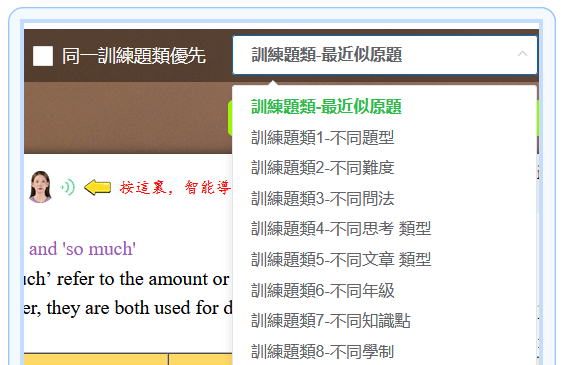
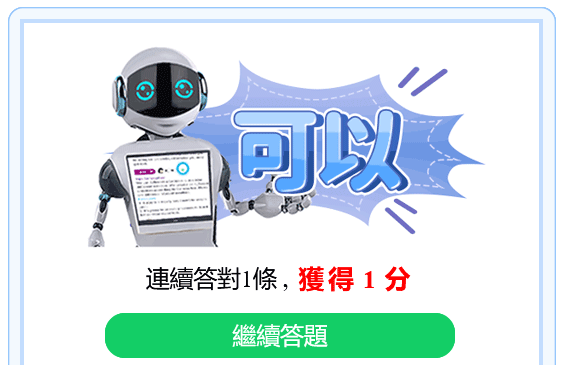
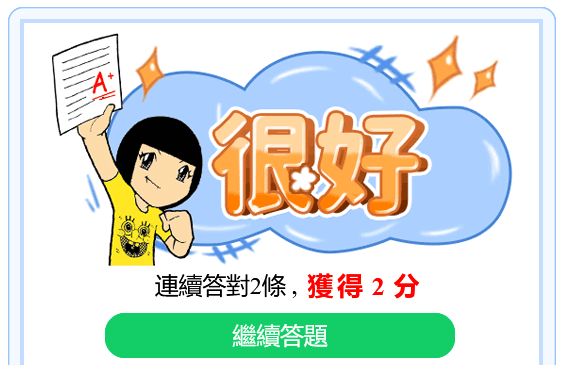
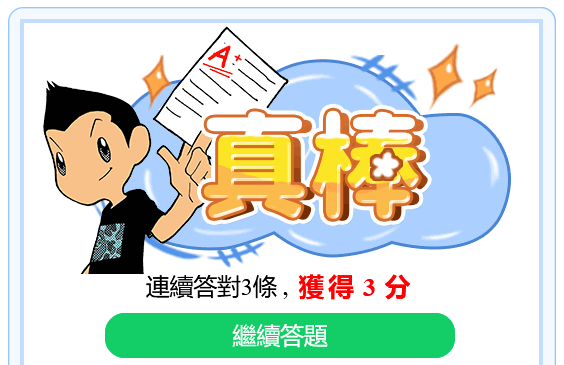
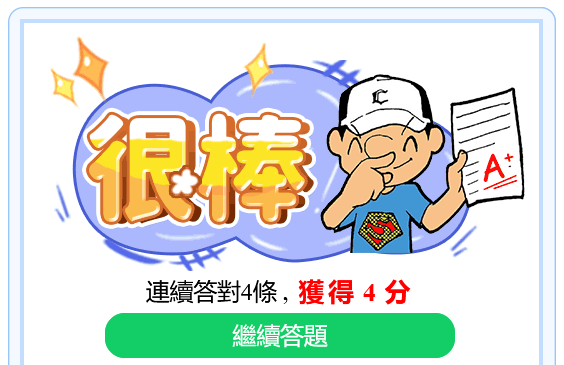

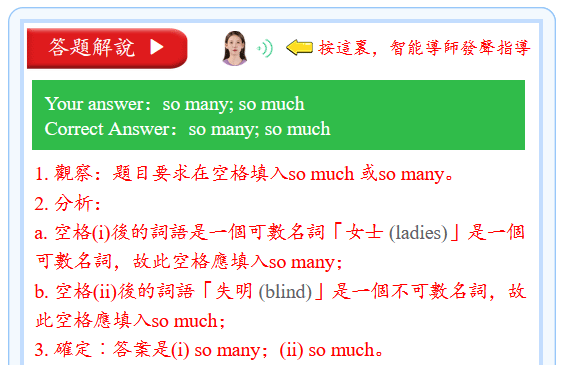
- FAQ
- Scanning Accuracy
The platform uses OCR (Optical Character Recognition) technology to recognize text in images, converting scanned text from physical documents into editable and processable digital text formats.
Typically, OCR confidence levels are over 90%. However, even with high confidence, 100% accuracy cannot be guaranteed, as results with lower confidence levels may still be correct in some cases.

- Methods to Improve OCR Recognition Accuracy
- Use a High-Resolution Scanner:
Scan at a resolution of at least 300 DPI (dots per inch). Higher resolution helps OCR software more accurately recognize characters. - Ensure Document is Flat and Properly Aligned:
Make sure the image is placed straight to avoid tilting. - Binarization Processing:
Convert color images to black and white to simplify the image processing. - Noise Removal:
Clean the document before scanning to remove stains, creases, or any marks that may interfere with recognition. Remove noise from the image appropriately without damaging the text. - Choose High-Resolution Photography:
Ensure image quality, avoiding distortion or blurriness. - Manual Verification:
Conduct manual checks on OCR results to ensure accuracy.
- Grading Accuracy
- Comparison of INSE and the Hong Kong Examinations and Assessment Authority (HKEAA) grading:
A comparison of AI grading on handwritten essays versus AI grading on edited essays (based on the HKEAA English Paper 2 from 2022 and 2023, with a total sample size of 12):
- The difference in HKEAA grades ranges between +0.3 and -0.3.
- The total number of errors varies between -17 and +17.
Conclusion: Based on the sample, there is no significant difference in HKEAA grades, whether AI grades handwritten essays or edited essays.
- Advantages of the INSE AI English Writing System
- Based on data from over 1,300 students across 55 schools, the system has effectively improved student assessment grades in a short period.
Participating schools include:
- Sponsored Schools:Sheng Kung Hui, Catholic schools, Tung Wah Group of Hospitals, Po Leung Kuk, Chinese Christian Church, Chinese Evangelistic Church, Hong Kong Lasallian Brothers, Caritas, Salesians of Don Bosco, Ling Liang Church, Hong Kong Lutheran Church, Hong Kong Taoist Association, Baptist, Yan Chai Hospital, Sik Sik Yuen, Pentecostal, Lok Sin Tong, Lung Kong World Federation School Limited, Hong Kong Sze Yap Commercial & Industrial Association, Yuen Long Chamber of Commerce, St. Francis, St. Paul, Maryknoll, True Light, Pui Ching, Bishop Ho Ming Wah, St. Francis of Assisi, Lingnan, etc.
- Government Schools:Kwun Tong, Tseung Kwan O, Tuen Mun, etc.
- Direct Subsidy Schools:Evangel, Hong Kong Christian Service, Delia, etc.
The quality of the system is guided and monitored by a review committee composed of professors from the University of Hong Kong, AI system development experts, educational institution consultants, principals of primary and secondary schools, former examination department heads, and English panel heads.
The project quality has been rated as first-class by experts from the Dongguan Songshan Lake project and has been invited to collaborate with leading technology companies within the park.
- Technical Support Arrangements
Technical and service hotline available Monday to Friday from 9:00 AM to 6:00 PM. For non-office hours, contact via WhatsApp hotline.
- WhatsApp: 9579 9853
- Email: info@inse.org
- Address: C2, 7/F, Tai Cheong (Liberal) Factory Building, 3 Wing Ming Street, Lai Chi Kok, Sham Shui Po, Kowloon, Hong Kong
- China Address: Room 518, 5th Floor, Building G2, Songshan Lake International Innovation and Entrepreneurship Community, Xuefu Road 1, Songshan Lake High-tech Industrial Development Zone, Dongguan, China








